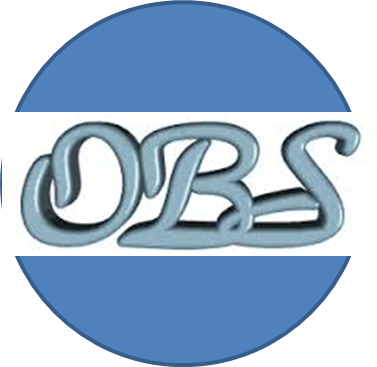Information
-
Document No.
-
Venue
-
Location
-
Conducted on
-
Prepared by
-
Are all work areas clean and sanitary?
-
Is there adequate lighting?
-
Are carpet/floor tiles secure? Is carpeting free of tears or trip hazards?
-
Are floors free of water or slippery substances?
-
Are floor mats used at building entrances safe from trips?
-
Are materials and cords stored so they don’t interfere with walkways?
-
Are aisles free of boxes, wastebaskets, chairs, and other obstacles that impede egress?
-
Is storage secure and stable?
-
Is furniture free of unsafe defects?
-
Are desk, file, and book case drawers closed when not in use?
-
Are ceiling tiles secure?
-
Are evacuation routes and emergency phone numbers posted?
-
Are first aid kits accessible and fully stocked?
-
Are fire extinguishers mounted, visible, and accessible?
-
Are Clean Agent Fire Extinguishers (i.e CO2) placed where sensitive electronic equipment is?
-
Are extinguishers and fire alarm pull stations unobstructed?
-
Are all EXIT lights operational? (push button to test)
-
Are all emergency lights operational? (push button to test)
-
Are fire extinguishers fully charged and inspected monthly? (tag, date, initial)
-
Is the path to and from EXIT doors free of obstructions?
-
DO EXIT doors swing outward and have panic hardware installed?
-
Are extension cords used only in an emergency and for temporary use only?
-
Are all electrical boxes closed? Do outlets have appropriate covers?
-
Are materials that could burn kept away from ignition sources?
-
Are coffee pots or heat producing appliances in the break room only and kept away from flammables?
Notes
-
Corrective Action Requirements (From OBS Safety Inspection Policy-OBS-SM4):
All deficiencies found during an inspection are to be corrected in a timely manner consistent with the seriousness of the hazard.
Documenting the correction of any deficiencies identified during the inspection is crucial. The inspector will use the original inspection form (this form) to document the correction of any deficiencies that can be immediately controlled or otherwise corrected.
If the deficiency identified during the inspection cannot be corrected by the inspector, corrective action must be formally assigned and documented on this inspection checklist.







